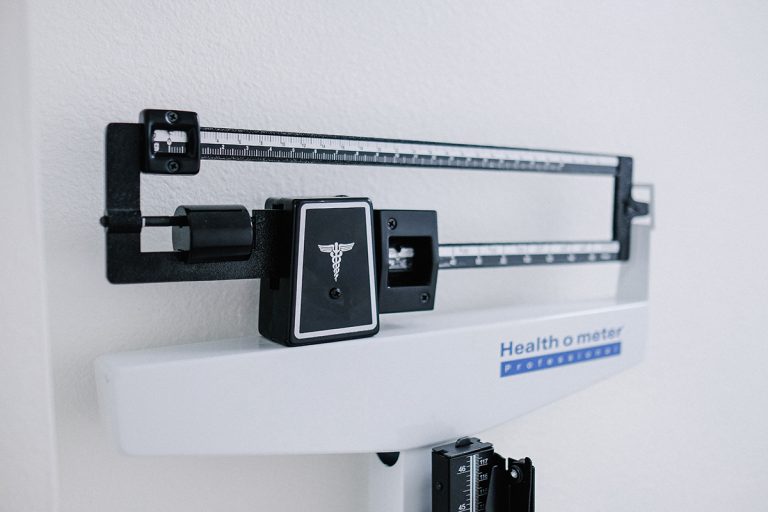Young athletes – the vigorous and fit – are often imaged as the pinnacle of health and on the upswing to a successful adulthood. It, therefore, may come across as a bewilderment that many struggle with maintaining physical or mental well-being (or both). One of the profound issues in athlete’s health is eating disorders, prevalent, yet still a taboo topic.
Eating disorders are disturbances in the human-to-food relationship. In the history of humanity, this relationship may have been as straightforward as “If you have food…eat it! Because if you don’t, tomorrow there will be no more.” However, in modern — especially Western — culture, there is more to it. Sports that give special prominence to low body weight and/or thin appearance include those that naturally try to combat gravity or resistance, such as swimming, long-distance running, and cycling, as well as the sports where much attention is paid to aesthetics and “looks”, such as gymnastics, ballet, dance, and figure skating. In the “gravitational” sports, the low body mass and lean physique are considered highly advantageous for agility, endurance, flexibility, and of course, results. In the “aesthetic” sports, having a muscular, yet slender, figure is also praised. However, to achieve results, the athlete must consider an external perception (usually by a set of judges) of one’s performance and appearance.
According to the Diagnostic and Statistical Manual of Mental Disorders, 5th Edition (DSM V), the three foremost eating disorders are anorexia nervosa, bulimia nervosa, and Binge-Eating Disorder (BED).
Anorexia nervosa is characterized by a distorted body image, abnormally low body weight as a result of profound weight loss, overwhelming fear of weight gain, extreme restriction of calorie intake, as well as excessive amounts of intense exercise to burn energy supplies. In addition to the low body mass index, physical manifestations of anorexia include gastrointestinal issues, changes in sleep patterns, and low bone-mineral density. Females with anorexia also commonly experience amenorrhea (temporary or permanent arrest of menstrual cycle). Most of these symptoms are attributed to a low energy availability, hormonal imbalances, and significant stress. Another aspect of anorexia is psychological comorbidities — the simultaneous presence of two or more diseases or medical conditions in a patient — that include anxiety, major depressive disorder, obsessive-compulsive disorder, bipolar disorder, and cyclothymic disorder. The so-called “Female Athlete Triad” consists of three components: hypothalamic amenorrhea (cessation of a normal menstrual cycle, as a result of hormonal dysregulation — a poor ability to manage emotional responses), low energy availability (due to a combination of under-eating and overexercising), and osteoporosis (due to loss of bone mineral density). Additionally, what may not be a common understanding, anorexia is a deadly disease. In fact, it has the highest mortality rate among all psychiatric disorders. It is considered that 4% of people with Anorexia will die from its complications.
Bulimia nervosa is characterized by an unhealthy preoccupation with one’s weight and body image that invokes specific compensatory behaviors. These behaviors include alternating episodes of fasting and binge eating, self-induced purging (vomiting, laxative, and diuretic misuse), excessive exercise, and overuse of weight-loss medications and supplements. In contrast to anorexia classification, which emphasizes body mass index, the severity of bulimia corresponds to the frequency of these compensatory behavior episodes. Vomiting, diuretic, and laxative use can lead to severe physical, electrolyte, and neurologic complications. Another aspect of bulimia is the psychological and emotional manifestations as well as psychological comorbidities. These may include bipolar disorder, obsessive-compulsive disorder, anxiety, depression, substance abuse, and impulsive borderline personality disorder. Bulimia, similar to anorexia, has a fatality rate of 3.9%.
The third type of eating disorder, Binge Eating Disorder (BED), is similar to bulimia in that it involves episodes of bingeing on substantial amounts of food. However, in contrast to bulimia, individuals suffering from BED do not indulge in compensatory behaviors such as purging, overabundant exercise, caloric restriction, etc. According to the DSM V, the criteria for BED heavily emphasize the psychological aspect of losing control during binge episodes. Food, usually hyper-palatable (“comfort”) foods, becomes a prominent coping mechanism to deal with mental health issues. Certain physical conditions, specifically insulin resistance, unhealthy cholesterol levels, and high blood sugar in diabetes and pre-diabetes, as well as physical inactivity, have been linked together in what is called a “Metabolic Syndrome”, which is common in individuals with BED. BED is the most common eating disorder in the United States, affecting nearly 3 million individuals.
Treatment of eating disorders is challenging, but the best results are achieved with a team approach. This includes the support of one’s family and close friends and a multidisciplinary team of three major medical advocates. These include a primary care physician, a mental health specialist, and a dietician. These three levels of health care ensure the most effective and continuous treatment plan.
The good news is that eating disorders are treatable and curable. There is a wide array of treatment modalities including medications, psychotherapy, and various holistic approaches such as acupuncture or meditation. The most common non-medicative treatment modality for eating disorders is psychotherapy, which is also called “talk therapy”. One of the most effective types of psychotherapy is Cognitive Behavioral Therapy. This involves actively learning about one’s condition and developing coping mechanisms to conquer the eating disorder. Another important aspect in dealing with eating disorders is prophylaxis. There are several preventive measures one can take including reducing the stigma around disordered eating, weight, and body image; encouraging a mind-body connection and emphasizing well-being; thinking about food as “fuel” for optimal performance and health, as opposed to “extra calories”; raising awareness about the consequences of eating disorders; and educating people, especially adolescents and athletes, about proper nutrition. In 2014, the National Collegiate Athletic Association (NCAA) created a guide which outlines specific strategies for prevention and treatment of eating disorders in college sports. This guide may serve as the primary resource for counsel in the encompassing effort to take control and ease the burden of eating disorders in athletes.
NCAA guide:
https://www.ncaa.org/sport-science-institute/mind-body-and-sport-eating-disorders
The Contributor
 Sophia Kouznetsova is a Championship-level dancer from Boston, Massachusetts, where she trains at Balera Dance Studio with Basil Isaev and Liene Apale. The article above is a shortened version of a research paper she wrote while completing a psychology course at The University of Massachusetts Boston.
Sophia Kouznetsova is a Championship-level dancer from Boston, Massachusetts, where she trains at Balera Dance Studio with Basil Isaev and Liene Apale. The article above is a shortened version of a research paper she wrote while completing a psychology course at The University of Massachusetts Boston.






